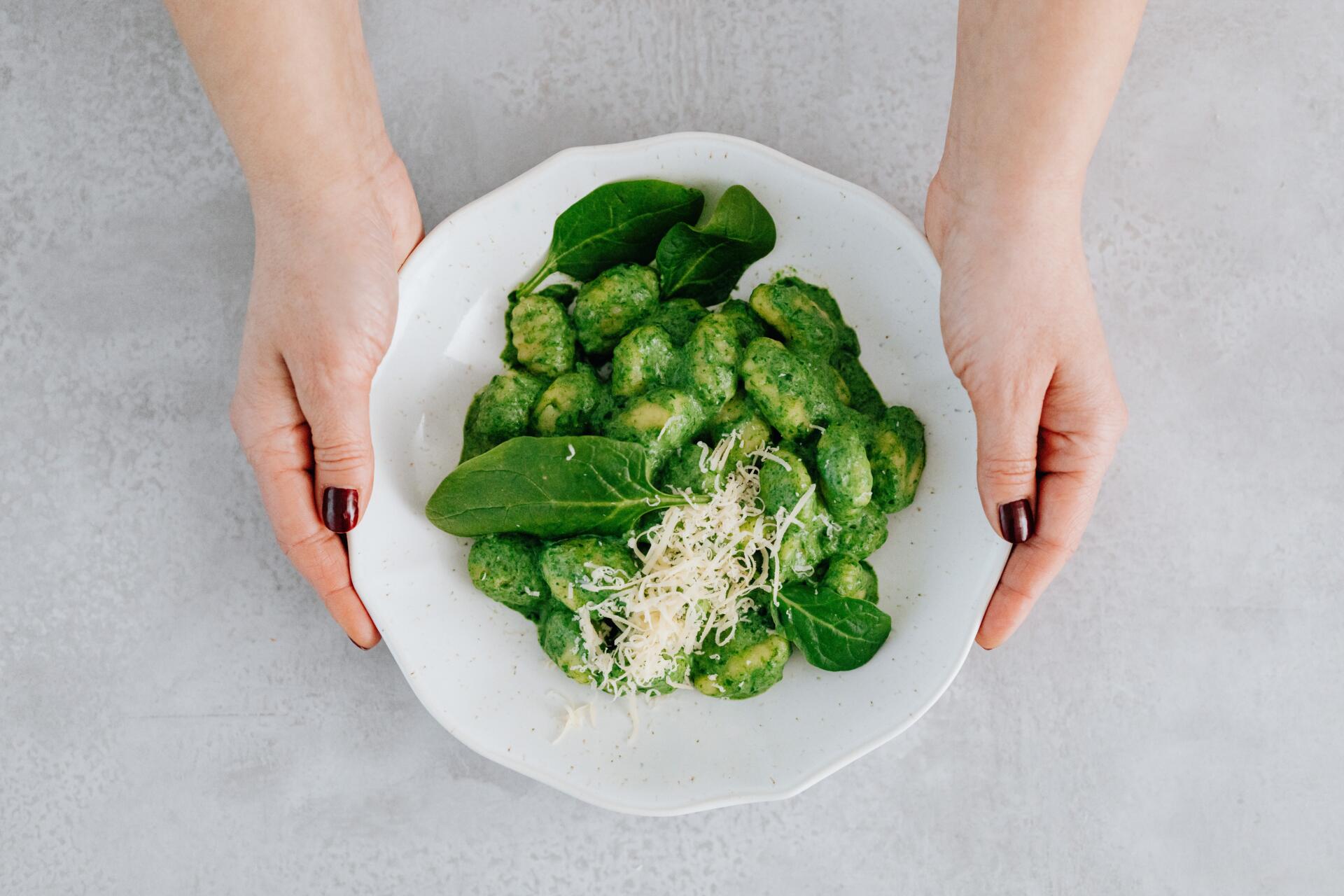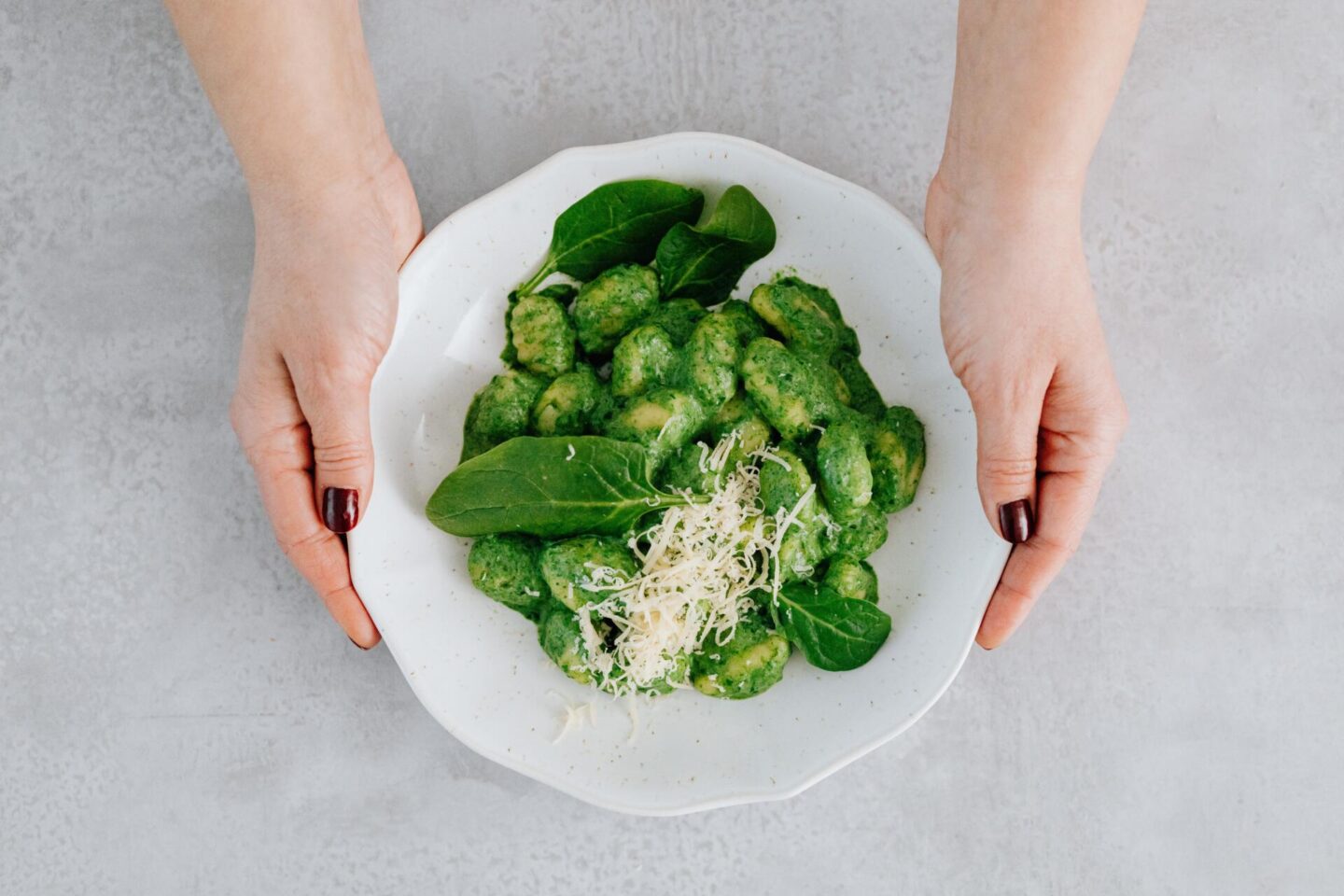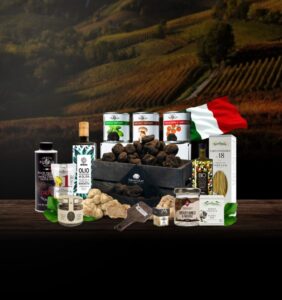

Of all national and international cuisines, Italian cuisine is undoubtedly one of the best known, and several dishes originating from the Italian peninsula are already classic favourites on every continent.
However, not everyone knows that Italy has more than pasta, lasagna and pizza to offer the world. Indeed, many other equally delicious options of Italian cuisine are worth trying. And among those options, there is one that is rapidly gaining popularity among foodies. We are referring to gnocchi, about which we will give you here the basic information you need to encourage you to try them, so, who knows, they might become your new favourite Italian dish.
Gnocchi? What is it?
Gnocchi—plural form of the Italian word gnocco, meaning ‘fritter’, ‘dumpling,’ or ‘lump’—are pieces of dough, shaped into little balls and usually cooked in boiling water. Many of the gnocchi you can buy packaged in supermarkets are pre-cooked.
Originally, gnocchi were used to give body to liquid savoury foodstuffs as soups, but nowadays they are judged as versatile as pasta, and cooked just in as many ways, as can be seen by reading these delicious gnocchi recipes available at https://olivieri.ca/gnocchi-recipes/.
The main ingredient of typical gnocchi is potato—mashed beforehand—, but often wheat flour, cornstarch or other ground grains or nuts, such as chestnuts, are also added to potatoes. In addition, gnocchi often contain crumbled ricotta and buttermilk. They may also contain pureed vegetables such as pumpkin or spinach, which give the gnocchi some nice colour. There are even versions of gnocchi made from ground bread or breadcrumbs.
As versatile as pasta
As mentioned above, the original purpose of gnocchi was to flesh out savoury liquid foodstuffs, such as soups and porridges. However, over the centuries, gnocchi have earned their right to be the main course of a meal, and today their preparation can be as varied as that of the numerous kinds of pasta. There are no limits other than the imagination and taste of both the cook and the diners. So, if you are already a little tired of pasta—yes, it may sound very unlikely, but it’s possible—, try gnocchi.
With the same sauces, Gnocchi can be eaten with the same sauces as everyone’s favourite pasta dishes —alla Bolognese, carbonara, al pesto, al prosciutto, marinara… For less demanding palate s—not yours, of course—, even a splash of ketchup or ranch sauce will do.
Gnocchi-and-cheese
The classic macaroni-and-cheese can also have a gnocchi version. A little melted or grated cheese will do to give your gnocchi enough flavour.
Al burro
Is there no sauce or cheese available? A simple plate of gnocchi al burro —i.e. ‘prepared with butter’ in Italian language— is really tasty and can leave a diner quite full and satisfied.
In soups and porridges
Back to their first uses, gnocchi will add volume to a good bowl of soup or porridge, or to a juicy stew.
With salads
As with soup, a good portion of gnocchi will give body and flavour to a fresh green salad.
As side dish for meat
Meat—beef, pork or poultry—, whether roasted or stewed, goes very well with a side dish of gnocchi.
As a snack
You can even grill or fry some gnocchi in a little oil, after cooking them in boiling water, and use them as a nice snack to dip for your guests at a get-together or party.
Usually suitable for vegetarians, vegans, and coeliacs
Can vegetarians, vegans and coeliacs eat gnocchi?
Unlike pasta, which is not suitable for vegans or coeliacs, and because their main ingredient is almost always potato, gnocchi can generally be eaten by vegetarians, vegans, and coeliacs alike. However, it is important to pay close attention to the list of ingredients on the package of the gnocchi sold in supermarkets.
Almost all kinds of gnocchi can be consumed by vegetarian people, as the only ingredient of animal origin gnocchi usually contain is ricotta or whey.
Of course, vegan people should only choose gnocchi made without ricotta or whey. On the other hand, gnocchi, unlike pasta, do not contain egg.
Those with coeliac disease should avoid gnocchi prepared with semolina. Evidently, gnocchi made from breadcrumbs or ground bread are not suitable for coeliacs either.

